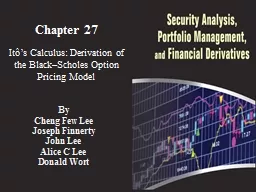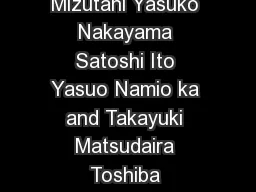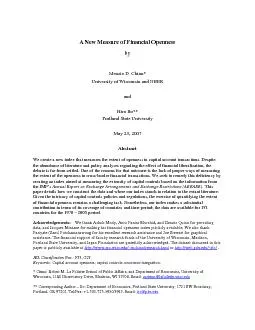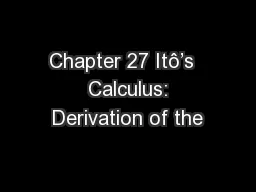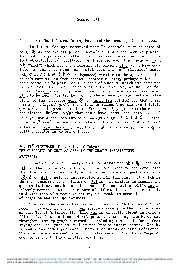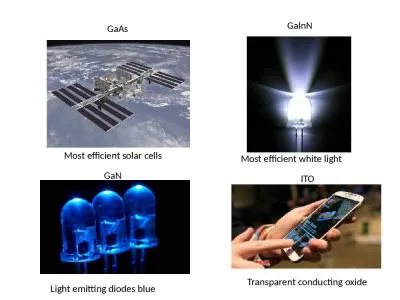PPT-Chapter 27 Itô’s
Author : aaron | Published Date : 2019-12-15
Chapter 27 Itôs Calculus Derivation of the BlackScholes Option Pricing Model By Cheng Few Lee Joseph Finnerty John Lee Alice C Lee Donald Wort Outline 271 The Itô
Presentation Embed Code
Download Presentation
Download Presentation The PPT/PDF document "Chapter 27 Itô’s" is the property of its rightful owner. Permission is granted to download and print the materials on this website for personal, non-commercial use only, and to display it on your personal computer provided you do not modify the materials and that you retain all copyright notices contained in the materials. By downloading content from our website, you accept the terms of this agreement.
Chapter 27 Itô’s: Transcript
Download Rules Of Document
"Chapter 27 Itô’s"The content belongs to its owner. You may download and print it for personal use, without modification, and keep all copyright notices. By downloading, you agree to these terms.
Related Documents

